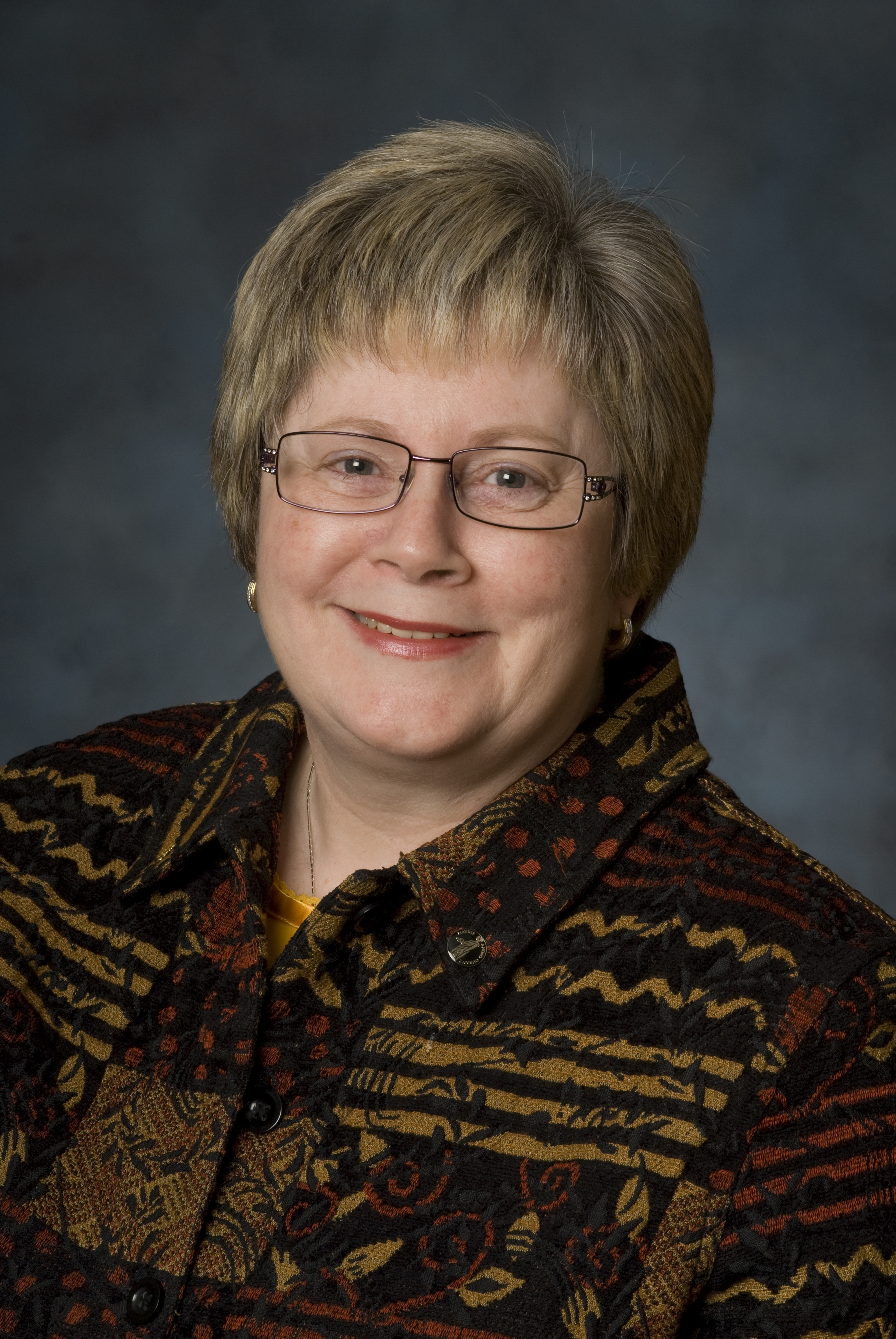Decisions are made by those who show up

Thomas Edison—who is said to have invented one or two things—said a long time ago, “Opportunity is missed by most people because it is dressed up in overalls and looks like work.” I’m not sure if he was referring to something specific, but I know that an analogy can be made to the opportunities lost by physicians who pass up the chance to volunteer on one of the BCMA’s many committees.
The benefits seen by committee members who contribute their time and expertise to an issue that holds value to them can be profound. You can confirm that claim with any of the 50-plus physicians involved with the BCMA’s three councils, or the hundreds of physicians who volunteer year after year on the more than 70 BCMA committees.
Councils are larger than committees, are multifaceted, and are structured in a manner that gathers the greatest input with the greatest flexibility so that specific projects can be funded and working groups can be formed. In contrast, committees usually focus on something specific such as rural recruitment, e-health, tariff, patterns of practice, benefits, or audit and finance, to name only a few. With such a large number of committees, there’s something of interest for almost everyone.
Yes, this month’s column is about trying to excite members into joining a committee and providing their wisdom so that we may progress—and I speak from experience. Before becoming your president, I was the chair of the Council on Health Economics and Policy (CHEP). That may sound a little dry, but extremely good work is developed here. CHEP comprises top-notch medical minds, and in addition to working well together, we all have fun.
There’s a reason why many physicians choose to return to their committee work year after year. And many physicians are on more than one committee. On one hand it’s great to have that kind of dedication, experience, and interest, yet we also encourage turnover so that fresh minds can bring new ideas. A wider array of knowledge, skill, and expertise would add that much more breadth and depth to a committee and would be very welcome, and is indeed encouraged.
The three different councils of the BCMA focus on health promotion, developing health system policy, and advancing political advocacy. The Council on Health Promotion (COHP) comprises a number of subcommittees, but often the councils convene a working group of interested physicians that works on a chosen project for a limited time and then is disbanded once the project is complete.
Committees normally comprise 3 to 12 members and are responsible for ensuring the Association sticks to its aims and objectives as stated in its mission statement. Committees provide many opportunities for members to not only develop knowledge and skills in areas they may not normally be exposed to, but to also teach that knowledge or skill to newer members. They also provide a terrific opportunity for physicians to get to know other physicians with similar interests.
Effective participation on committees and councils brings to the forefront member viewpoints that might not otherwise be heard. Committee members have the opportunity to help the BCMA’s Board create value for members and achieve the Association’s strategic goals and directions in a tangible and meaningful way. But in plain talk, being a member of a working committee means you can be part of making positive change happen—and that’s a good feeling.
The CMA has its vision of health care transformation, but it is through the work being done on BCMA committees that such transformations are occurring one step at a time.
Due to effective committee work, the BCMA has:
• Influenced cellphone and driving legislation
• Ensured alcohol addiction is considered a disease and therefore a covered MSP service
• Developed chronic disease management and cardiovascular risk assessment programs, divisions of family practice for GPs, telephone advice and patient follow-up fees for specialists, and the rural education action plan and the northern and isolation travel assistance outreach program for rural physicians.
This is how health care in this province moves forward, and none of this would have occurred without the contribution of so many dedicated and talented physicians.
If you have thought about doing something a little different for the good of the profession, or for the good of the health care system, I urge you to check out the many different committees we have, and try to find your niche. If you believe there’s a topic on which the BCMA should focus, or if you have an idea for a working group, I want to hear from you. Sometimes a little diversification, such as being away from the routine of day-to-day practice, can be quite stimulating and rejuvenating.
For more information or to find out how to become involved, please contact communications@bcma.bc.ca.
—Shelley Ross, MD
BCMA President
